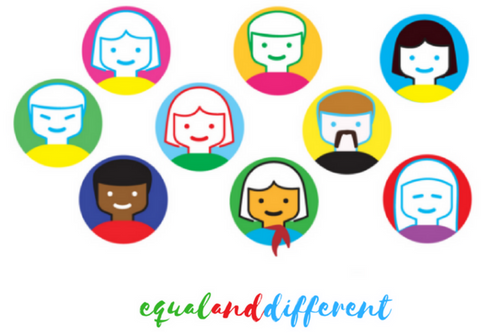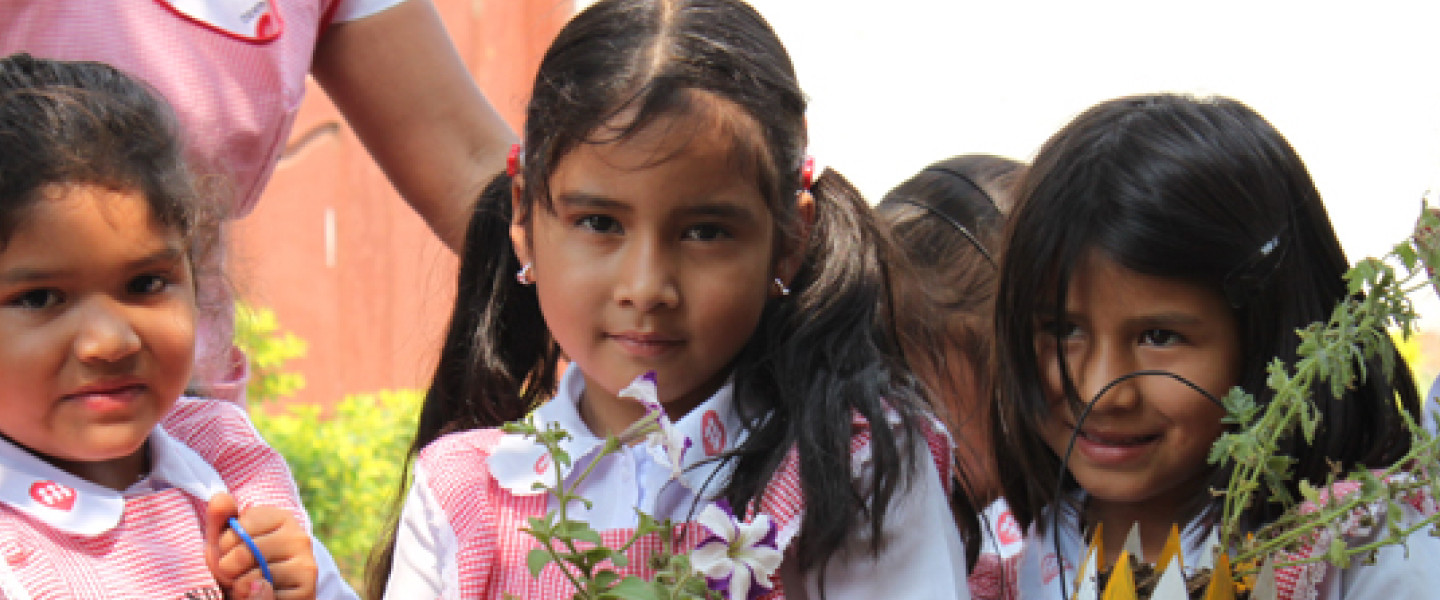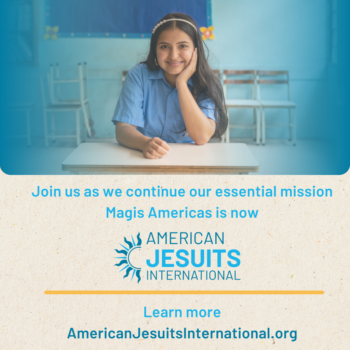[This is an adapted version in English of the post published originally in Spanish in the blog of Entreculturas – Fe y Alegría Spain]
In the current framework of globalization and multiculturalism, it is necessary to educate global citizens. People capable of living in diversity from values that promote human rights, to understanding the relations of interdependence that exist in our world, to developing a common identity that coexists harmoniously with their local and national identity while also having the tools necessary to participate and contribute to the development of democracy. People able to understand each other, to meet and confront each other from a standpoint of mutual respect, listening to each other, with dialogue and empathy, understanding that we are all different but equal in dignity and rights and members of a single human family.
Intercultural education is a global educational approach that promotes diversity as a value and a commitment to plurality as dynamic and creative elements of society. It develops the knowledge, skills, attitudes and values that allow the educational community and society in general to interact, communicate and live together (intercultural competence), in order to establish equal opportunities relations, exercise of rights, fulfillment of duties and responsibilities, and full participation, avoiding situations of exclusion and segregation. Intercultural education is as powerful as it is necessary for rethinking preconceptions, values and attitudes, and at the same time, poses multiple challenges to educators, to families and to the educational community in general.

Intercultural education is, today, one of the best ways to achieve educational inclusion. In this sense, it is the responsibility of society and the school to create democratic communities, where each and every child receives everything they need to grow. Intercultural education and inclusion have multiple connections that can and should guide our educational practice. Intercultural education is a way of doing school and educating. We bet on heterogeneous classrooms, diverse and open to difference as a way of learning. The school system must include the differences in order to prevent inequalities among students and move away from exclusion.
The promotion of an intercultural education for the development of intercultural competences in children, adolescents and young people is one of the fundamental characteristics of the work done in Entreculturas and Fe y Alegría, both in the projects that we support in Latin America and Africa with intercultural education programs bilingual with indigenous peoples, as in the educational programs we promote in Spain and whose driving force is the construction of global citizenship.
Our partners at Entreculturas – Fe y Alegría Spain promote this model, from which to respond as organized citizenship to the great challenges of our world, such as the eradication of poverty, equality between men and women, coexistence between different cultures and the sustainability of the planet. In the same way, each school year Entreculturas – Fe y Alegría Spain makes available to teachers and educators, a series of didactic resources to work on cultural diversity in educational centers and organizations:
- Lesson plan (in Spanish only): adapted for primary and secondary students, proposes a reflection on the concept of “cultural diversity” as a positive aspect and source of wealth and on the importance of human beings coexisting in harmony with each other and with our environment.
- The world at stake (in Spanish only): an educational material aimed at children and adolescents from 4 to 16 years old, which approaches from a playful approach, four fundamental axes for the construction of global citizenship: human mobility, interculturality, gender and the environment. Each axis offers a series of games adapted to three age ranges: 4 to 8 years old, 8 to 12 years old and 12 to 16 years old.
IMAGE: Entreculturas – Fe y Alegría Spain

